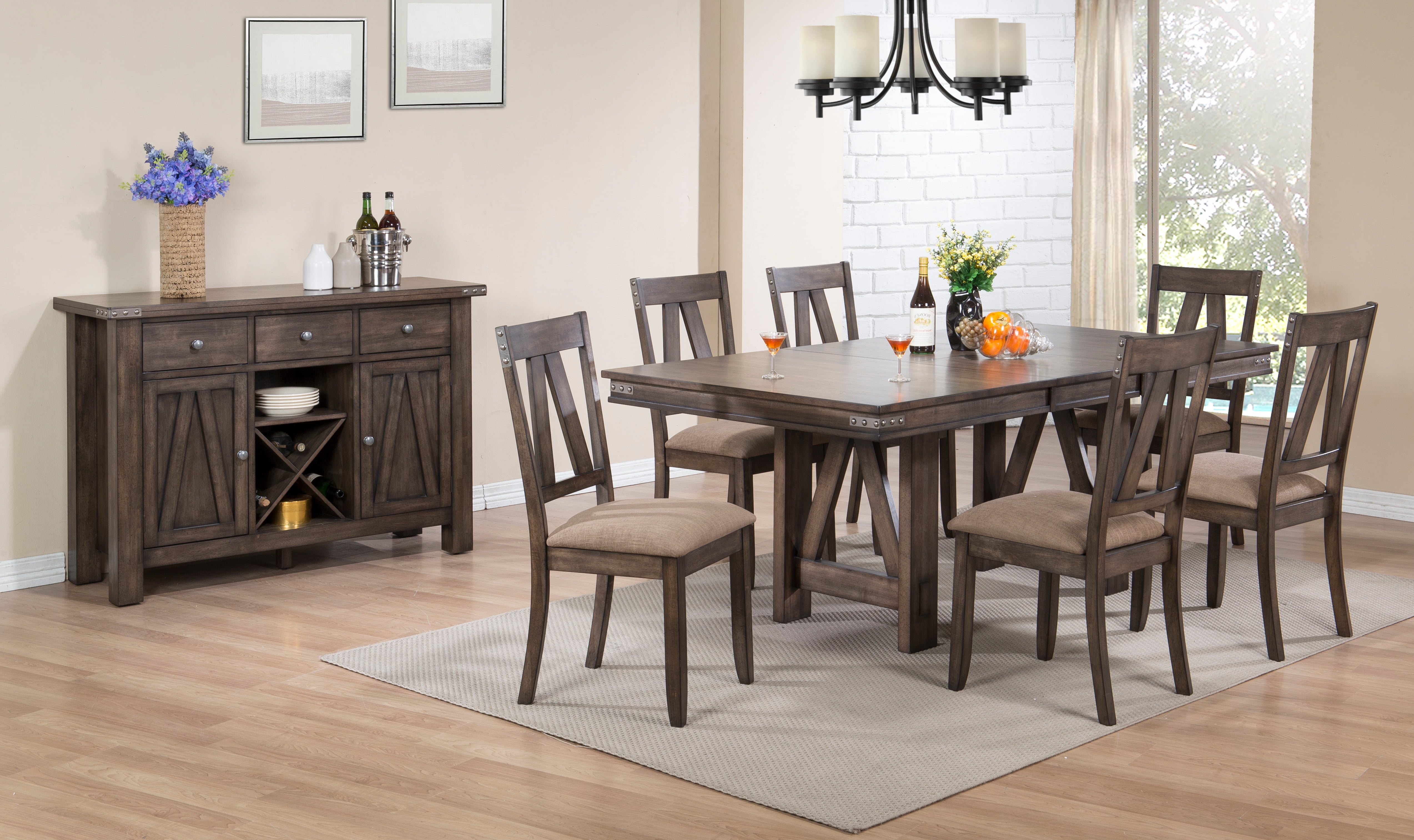Dining room chairs are often the centerpiece of any dining space, adding a touch of elegance and style to your home décor. However, even the most well-crafted chairs can experience wear and tear over time, resulting in a loss of comfort and functionality. If you find yourself faced with wobbly or broken dining room chairs, don’t despair! With a little effort and the right tools, you can easily restore them to their former glory.

Image: www.pinterest.com
Understanding the Anatomy of a Dining Room Chair
To effectively fix your dining room chairs, it’s essential to have a basic understanding of their construction. A typical dining room chair consists of the following components:
- Seat: The part on which you sit.
- Backrest: Provides support and comfort for your back.
- Legs: Support the chair and ensure stability.
- Frame: The underlying structure that holds the components together.
- Upholstery (for upholstered chairs): The fabric or leather covering the seat and backrest.
Common Chair Problems and Their Solutions
1. Loose or Wobbly Legs
Wobbly legs are a common problem, often caused by loose joints or damaged hardware. To fix this:
- Inspect the joints for any visible gaps or play.
- Tighten any loose screws or bolts using a screwdriver or wrench.
- Apply wood glue to any loose joints and clamp them together until the glue dries.
- If the legs are badly damaged, you may need to replace them with new ones.
2. Broken Legs or Frame
More severe damage, such as broken legs or a cracked frame, requires more extensive repairs. Here’s how to tackle it:
- Identify the broken component and remove it from the chair.
- If possible, mend the break using wood glue and clamps.
- For larger breaks, you may need to create a custom patch or insert.
- If the damage is beyond repair, you should consider replacing the affected component.
3. Sagging or Torn Upholstery
Upholstered chairs often develop sagging or torn fabric over time. To restore them:
- Replace the worn upholstery with new fabric or leather.
- Tighten the existing fabric by pulling it taut and securing it with staples or tacks.
- Use foam padding to fill in any sags or tears in the upholstery.
4. Scratched or Damaged Finish
Scratches and dents on the chair’s finish can compromise its appearance. To fix them:
- For minor scratches, use a furniture repair marker or touch-up paint to blend them in.
- For deeper scratches or dents, sand the affected area and apply a new coat of paint or varnish.
- For severe damage, you may need to refinish the entire chair.
Preventative Maintenance
Regular maintenance can help extend the life of your dining room chairs and prevent future problems. Here are some tips:
- Inspect your chairs periodically for any loose parts or damage.
- Tighten any loose screws or bolts as needed.
- Clean your chairs regularly using a soft cloth and mild detergent.
- Avoid exposure to extreme heat or moisture.
- Use coasters to prevent scratches on the table surface.

Image: www.walmart.com
How To Fix Dining Room Chairs
Conclusion
With the knowledge and techniques outlined in this guide, you can successfully repair and restore your dining room chairs, bringing them back to their original beauty and functionality. Whether you have a shaky leg, a torn cushion, or a scratched finish, don’t hesitate to tackle the challenge. Your beloved seating will thank you for the care and attention you provide, and you’ll enjoy many more years of comfortable dining experiences.